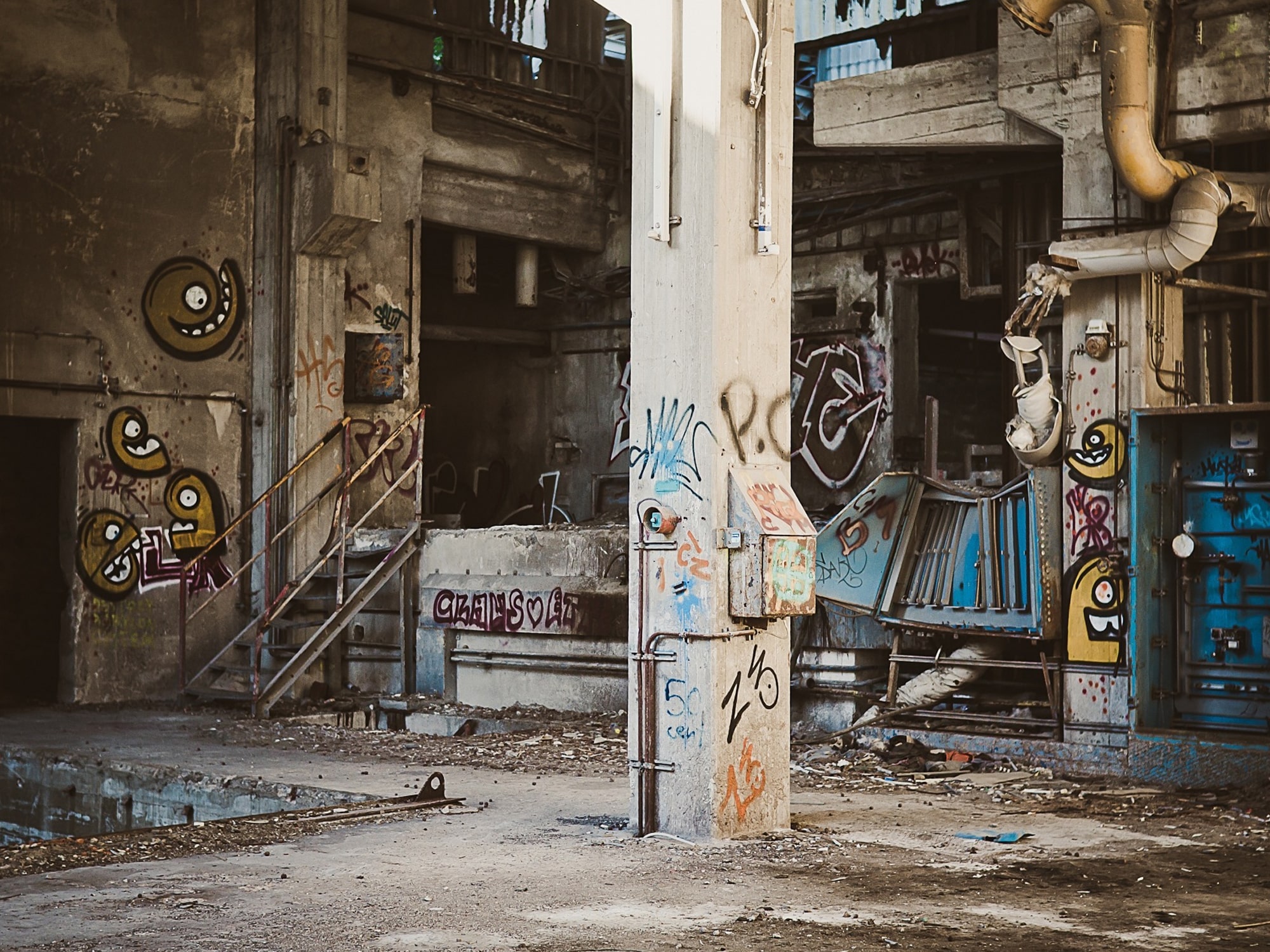Anger. Sorrow. Pain. Universal cancers compounded by time. The cure is liberation determined by time. The comfort is hope sustained by time. While man endures all these, he has not forgotten to capture their progression. Through his various competencies, each face of anger, each bouts of pain, and each cries of sorrow, is appropriated in history to awaken consciousness. In 31,000 B.C., man started to paint these. On March 1, 1931, a prominent Filipino painter who deals with these plagues was personified as Ang Kiukok.
Born in Davao City to Chinese and Filipino parents, Ang Kiukok completed Art Studies in the University of Santo Tomas. He was mentored by the notable Vicente Manansala. At later life, he will hold exhibits in three continents of the world, win prestigious awards, and be recognized as an auctioned artist. His works will be ignored during the ’80’s when convention still ruled even creativity, but in 2001, he was named National Artist for Visual Arts by the former President Gloria Macapagal-Arroyo. It was then that the significance of his works are made known to the Filipinos and the world in full color.
In a world where colors are kinesthetic and the canvas is a battleground of imagery, the spectators become inspired, criticized, and illustrated but most of the time, its the painting that is. Who could have guessed that the recurring themes in Ang Kiukok’s paintings are a mirror of the present society’s status quo? Meet the universal cancers in some of his works.
Anger (Angry Figure, 1982). There are a lot of things going on in our lives. Most of these are made complicated by us. We also have invented ways of dealing with them. One of which is flipping the ring finger. Modern society now dictates that direct aggression in not the way of an upright individual. Anger should be contained and expressed in pro-active ways. In Manila alone, a lot of people are tempted to be angry every day. Anger lurks in the train, the jeepney, the malls, the streets, and even the workplace. This is not to include the small doses of irritation we experience at home.
Ang Kiukok’s point in the painting is obvious: anger is a personal disposition. Look at the figure and see if he’s dissing you or not. Maybe you led him to be angry. After all, perception rules reaction. In times where omens are seen in the financial trend, personal and environmental pressures meet in our heads. Flip a finger or scream at someone so you will feel good; but do not forget: you paint your color in somebody else’s life space in doing so.
Pain (Crucifixion, 1976). The religious perspective of pain means that someone took our load off from our shoulders so we can be free from it. This is 2010 and it seems that no one considers the thought. Its not the religious leaders. It’s the faith.
In this painting, Ang Kiukok demonstrates a conclusion: everything’s eventual. In the chain of events encompassing our lives, we encounter pain at various phases: death, illness, love, friendship, and ordinary encounters. Taking the religious aspect aside, the crucifix alludes to our state of life. It is where our lives revolve. When nailed, we cannot run away. Since pain is an aversive emotion, we tend to move or run away from it while some people dwell in it while it lasts. When it’s gone, they emerge as new individuals. Then, the crucifixion itself is an act of absolution.
Sorrow (Pieta, 1962). The Pieta won Ang Kiukok a bronze medal on the first International Art Exhibit in Saigon. The technical aspects of the painting may have spurned the honor he deserves but the creation itself is a masterpiece. This painting in 1983 shows a fallen Christ. The angle at which he laid on the ground may mean that He is still clinging to his humanly life while the rest of Him have gone somewhere. The Virgin Mary was not illustrated. The painting may have been done in the context of The Virgin still at the distant. The symbolism of this work are two-folds: letting go and resurrection.
Letting go deals with parting with the things or people that we hold on to. One way or another our lives will be continued by those we left behind. In the material world, people have money on their heads. How much they’re worth are determined by zeroes. Some people find this to be an achievement. Some people look for the intangible parts of life. Nowadays, what was formerly a want is now a need. The need to acquire, the need to have more, and the need to have it all. Who can let go?
Resurrection need not be religious. If its sorrow that brings the chance to venture into a new direction, it is what heals the lamentation. After the dark days, a bright disposition may resonate – yet the painting still shows the crown of thorns.
Call him cynical for embodying a negative theme in is paintings. Call him an idealist for painting the opposite of what ought to be. What we do not know is these paintings are the thoughts of one that has an eye on spontaneous reality. His lucidity reflect how he envisions today’s society. His artistry creates today’s illusions. With all these things happening around, who can claim they care? We created these. He painted it for us. Our own ghost haunting our existence. This is social terrorism in painting. It defines what you see and how you see it. In time that you realize that it mocks you as a viewer, all ideals you have held on to will be questioned.
Thank you, Free-Photos, for the featured image.
